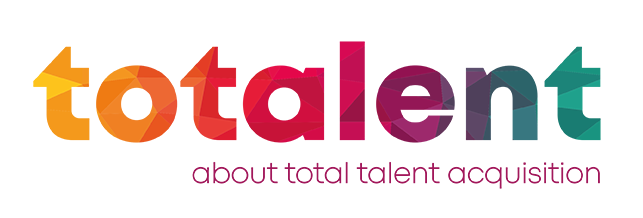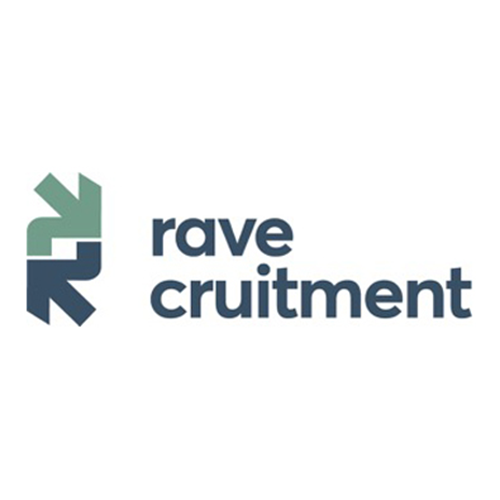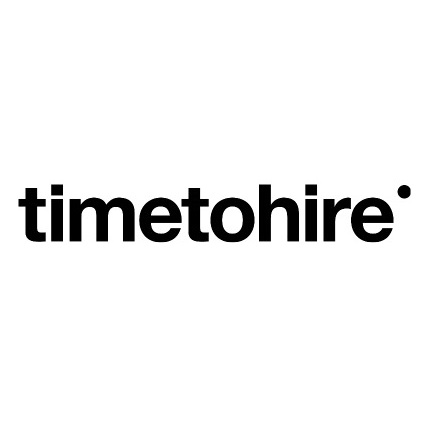
Ageism, the discrimination or prejudice against individuals based on age, is a pervasive issue in the European workforce. Recent research conducted by the Intelligence Group reveals that ageism is the most common form of discrimination faced by workers in Europe, affecting both men and women almost equally. This discrimination is prevalent not only during job applications but also while individuals are employed.
Young or Old?
While older adults often face disadvantages in the workplace, it’s essential to acknowledge that ageism does not limit itself to one end of the spectrum. Indeed, statistics show that 17% of workers over 50 years face ageism discrimination. Moreover, studies show that the age-related language and technology skills used in the workplace do not typically include those of 50 years and above. Furthermore, more organizations search for young talents and attempt to reduce older employees to attract new creative ideas.
Although older workers experience challenges related to limited access to specialized training and educational opportunities, ageism still affects the younger generation.
Surprisingly, ageism against young people is also a significant concern, with 13% of those under 30 attesting to experiencing ageism in the European workforce. Younger individuals report age-based discrimination across various aspects of their lives, including employment opportunities, access to healthcare, housing, and political participation.
Creative sectors suffer
Despite the industry’s reputation for creativity and open-mindedness, a staggering 18% of workers in the cultural & artistic sector report experiencing age-based discrimination. The sector faces the most discrimination based on age, and it raises the question of why a sector known for its progressive and lenient corporate structure is not immune to ageism.
One plausible explanation is that creative fields more highly prize youth and fresh perspectives. It may inadvertently overshadow the wealth of experience and unique artistic voices that older individuals bring to the table.
Moreover, the prevalence of freelance and contract work within the arts may contribute to ageism. Older professionals in the sector may find it challenging to secure stable positions, which could further exacerbate age-based discrimination.
Similarly, 13% of workers in the design and graphic design sectors face age-based discrimination, showing that the creative sectors have an ageism issue to resolve. The design sector relies heavily on creativity and evolving tools. Organizations can easily bully older talents when they search for or pay more attention to younger talents, assuming that 50+ workers have outdated design skills.
High & low sectors
Ageism isn’t limited to creative sectors alone. Surprisingly, the personal service sector (beauticians, hairdressers. etc.) has the second highest experience of ageism (16%) in Europe.
Workers in personal services face pressure to maintain a youthful and trendy image, and it leaves the older professionals often feeling sidelined or even pushed out of the sector.
In the agricultural sector, where experience and know-how are paramount, it’s puzzling that age-based discrimination persists. However, 15% of workers in the sector have experienced ageism. It could be due to assumptions that older workers may struggle to adapt to modern practices or that younger workers are considered more cost-effective.
The security and defense sector has the lowest rate of ageism with 8% experiencing it. Security and defense roles typically prioritize skills, training, and experience over age, and this explains its lower rate. Moreover, the security and defense sector tends to have strict regulations and standards that focus on merit and competence, reducing the likelihood of age-based discrimination.
Low educational backgrounds are targeted?
Another concerning aspect of ageism is its disproportionate impact on individuals with lower educational backgrounds. Research shows that 12% of workers with lower educational backgrounds experience age-based discrimination, compared to 10% of those with higher educational backgrounds. It raises the question of why people with lower educational backgrounds are more vulnerable to age discrimination in the workforce.
At first glance, the connection between education and ageism may seem unclear. However, a possible explanation for this disparity is educational attainment’s economic and social implications. Individuals with lower educational backgrounds may face more limited employment opportunities and have less access to professional development. It can lead to others perceiving them as less valuable in the workplace, contributing to ageism.
Skill-base hiring and ageism
Moreover, in workplaces where skill-based hiring prevails, employees may find themselves working alongside colleagues who have lower educational qualifications but share the same pay grade. This situation can have both positive and negative implications. On one hand, it emphasizes the importance of skills and competencies over formal education, promoting a fair hiring approach. On the other hand, it can create complex social dynamics within the workforce.
Colleagues with different educational backgrounds and equal pay may feel a mix of emotions, from superiority based on their education to feeling threatened by those who succeeded without formal education.
These emotions can inadvertently contribute to ageism in the workplace. Individuals who see themselves as having superior educational backgrounds may hold biases against their colleagues, unconsciously attributing their own educational achievements to higher competence or adaptability. Conversely, colleagues with lower educational qualifications may feel insecure or excluded, believing their peers view them as less valuable or capable. These dynamics perpetuate ageism and hinder the creation of inclusive and collaborative work environments.
In understanding the issues in the workplace and easing up talent acquisition and retention, Giant! provides the relevant data. Organizations can utilize its vast recruitment data as an essential resource to address organizational issues, including ageism and to enhance talent retention.
Read More:
- How Undutchables bridges the gap between talent and businesses in the Netherlands
- Impact of the EU Pay Transparency Directive on Recruiters






